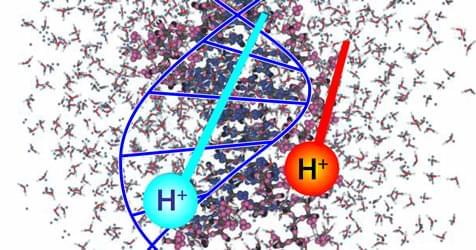Tang Yu, the AI CEO of the gaming company NetDragon Websoft, was assigned typical duties of the company that included reviewing high-level analytics, making leadership decisions, assessing risks, and fostering an efficient workplace. Tang Yu was the first CEO of a company that worked 24×7, without receiving compensation. The company said while appointing the AI chatbot as CEO that it will play a crucial role in the development of talents and ensuring a far and efficient workplace for all employees.
“Tang Yu’s appointment highlights the Company’s “AI + management” strategy and represents a major milestone of the Company towards being a “Metaverse organization”. Tang Yu will streamline process flow, enhance the quality of work tasks, and improve speed of execution. Tang Yu will also serve as a real-time data hub and analytical tool to support rational decision-making in daily operations, as well as to enable a more effective risk management system,” NetDragon Websoft said in a blog post.
Interestingly, the AI bot helped the company in generating revenue. As per reports, the company outperformed the Hang Seng Index, which tracks the biggest companies listed in Hong Kong.


 עברית (Hebrew)
עברית (Hebrew)




